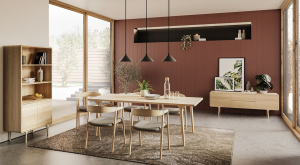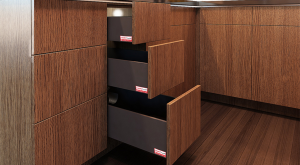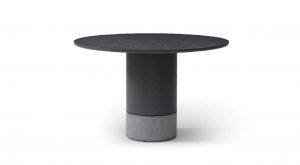Featured Post
Cabinet Furniture Assembly Tips for Beginners: A Comprehensive Guide
Assembling cabinet furniture can be a rewarding DIY project that saves money and adds a personal touch to your home. This guide offers Cabinet Furniture Assembly Tips for Beginners, walking you through each step with practical advice. From picking the right tools to keeping them in top shape, you’ll gain the confidence to tackle any cabinet project, big or small.
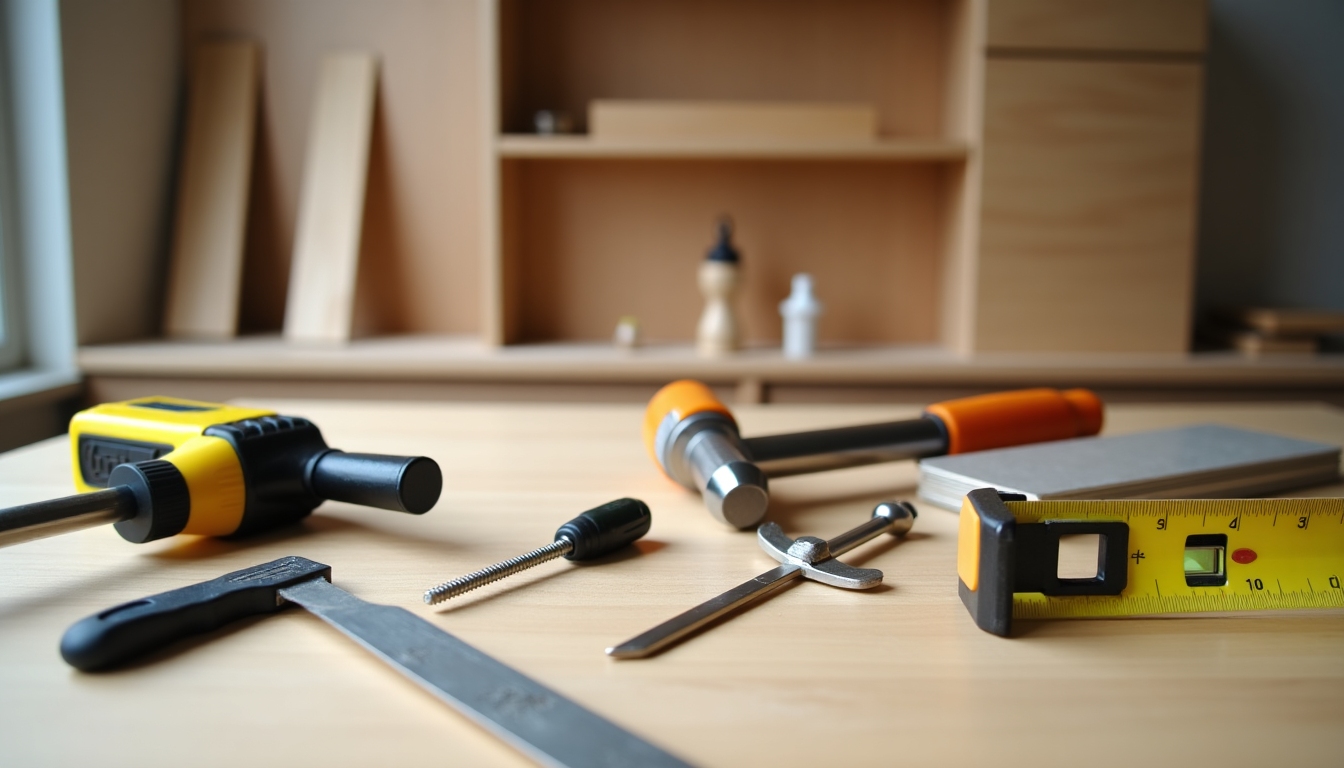
Understanding Cabinet Furniture Assembly
Cabinet furniture includes pieces like kitchen cabinets, bathroom vanities, or storage units with enclosed spaces. Doing the assembly yourself is a great way to save cash and tailor the furniture to fit your room perfectly. But for beginners, it can feel overwhelming—lots of parts, tricky instructions, and the fear of messing up are common hurdles.
I remember my first cabinet project: a small bathroom vanity. The instructions were a puzzle, and I mixed up two panels. It wobbled like crazy until I backtracked. That taught me patience and precision—two things you’ll need too.
How to Choose the Right Tools for Your DIY Projects
Before you dive into assembling your cabinet, having the right tools is a game-changer. Here’s what you’ll need:
- Screwdriver (Flathead and Phillips): For tightening screws, which hold most cabinets together.
- Hammer: Perfect for tapping pieces into place or driving nails.
- Level: Keeps everything straight and stable.
- Measuring Tape: Ensures accurate fits and alignments.
- Drill (Optional): Speeds up the process for bigger projects.
- Safety Gear: Glasses and gloves protect you from mishaps.
Go for sturdy tools, even if they cost a bit more. Cheap ones break fast, and that’s no fun mid-project. For safety tips, check out this guide from OSHA—it’s packed with advice on handling tools right.
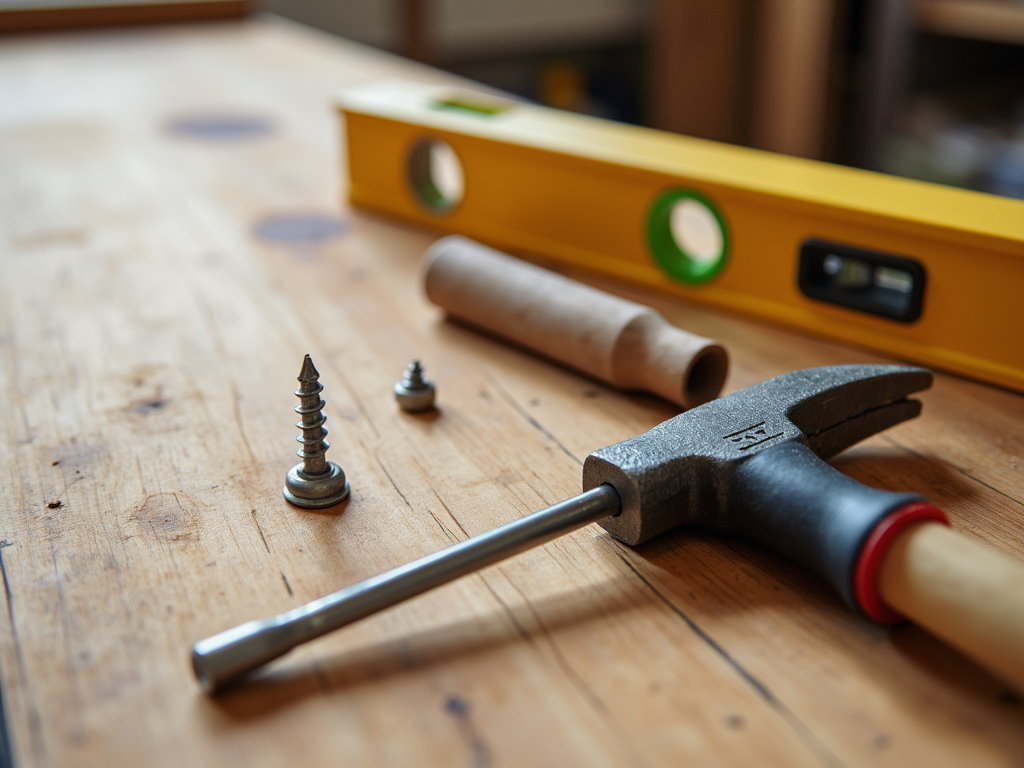
Tool Selection Table
| Tool | Use |
|---|---|
| Screwdriver | Tightens screws |
| Hammer | Taps parts or drives nails |
| Level | Checks alignment |
| Measuring Tape | Measures for precision |
| Drill | Speeds up assembly (optional) |
Pick tools that feel good in your hands. A comfy hammer or a smooth screwdriver makes a difference when you’re working for hours.
Step-by-Step Assembly Tips
Here’s how to make cabinet furniture assembly tips work for you:
- Set Up Your Space
- Find a big, flat spot with good light.
- Lay down a blanket to protect the cabinet and floor.
-
Keep tools close so you’re not scrambling.
-
Read the Instructions
- Go through the whole manual first—no skipping.
-
Look at pictures or diagrams; they often explain better than words.
-
Sort Everything Out
- Group parts like panels and screws separately.
-
Use cups or bags for tiny bits—label them if you can.
-
Put It Together Smart
- Start with the base for a solid start.
- Check with a level as you go.
- Tighten screws slowly to keep them secure without damage.
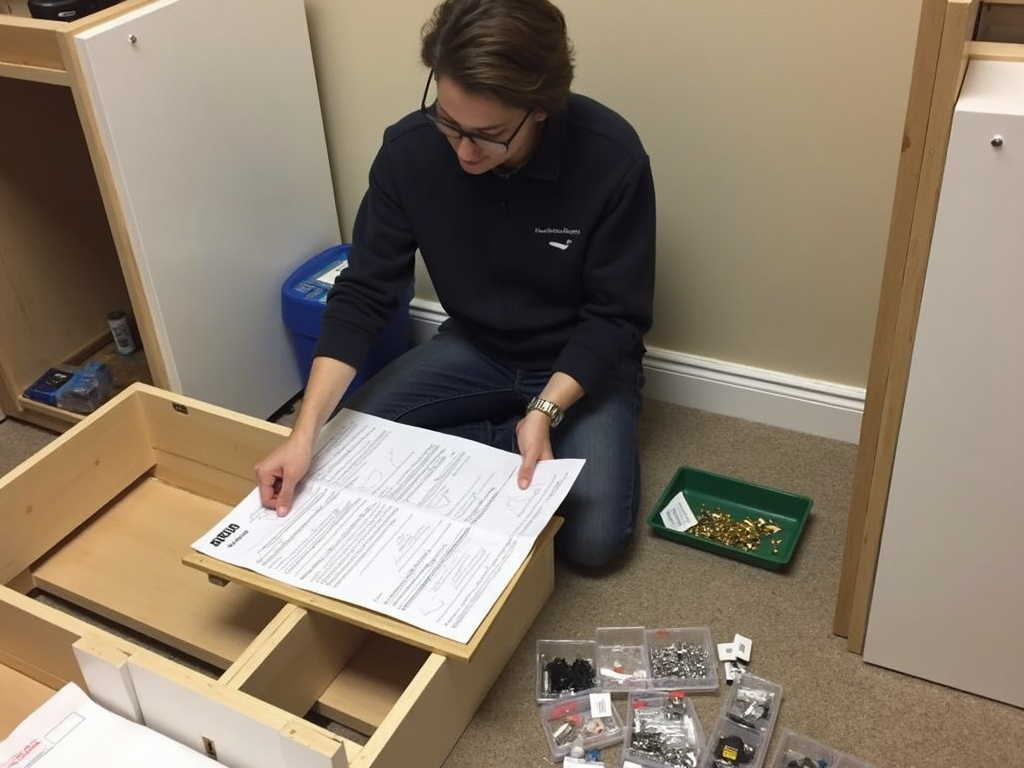
One time, I rushed through a kitchen cabinet assembly and skipped sorting the screws. Halfway through, I realized I’d used the wrong ones—doors wouldn’t shut right. Taking it apart was a pain, but it drilled in a lesson: slow down and organize. Trust me, it saves time later.
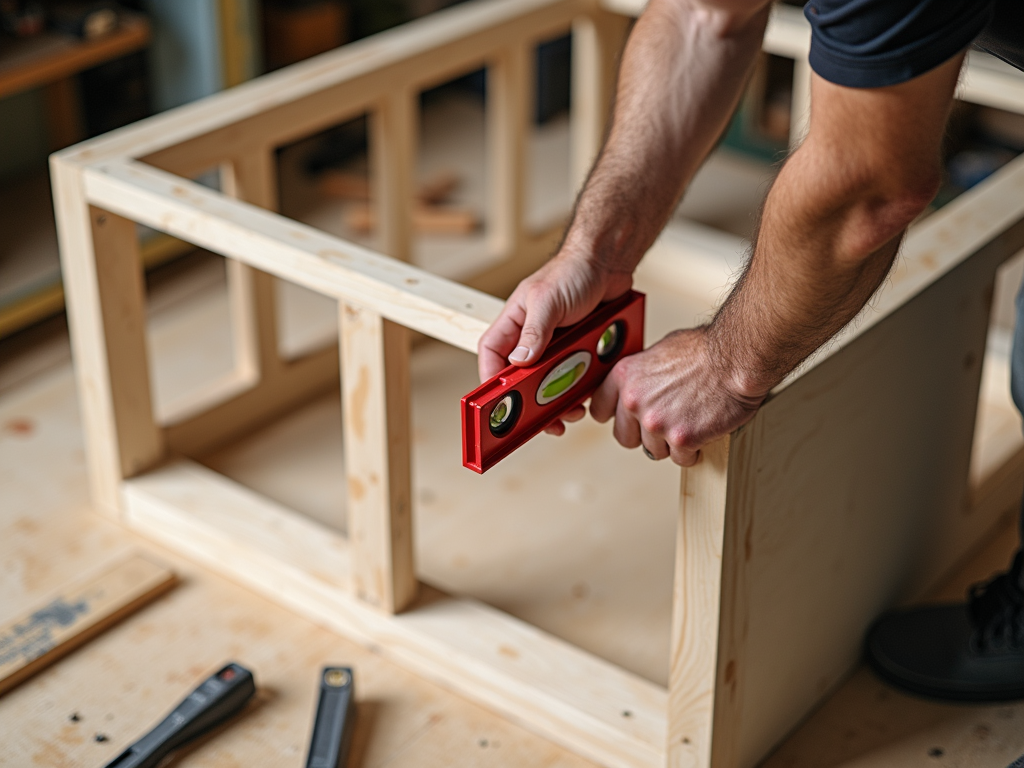
How to Maintain Your Tools for Longevity
Good tools deserve good care. Here’s how to keep them ready for your next project:
- Clean Them Up: Wipe off dust and gunk after every use. A quick cloth does wonders.
- Store Them Right: Keep them in a dry spot—a toolbox or pegboard works great.
- Check Them Out: Look for wear like dull edges or loose grips. Fix or replace what’s worn.
I learned this the hard way when my screwdriver rusted after sitting in a damp garage. Now, I store everything properly. For more care tips, see this guide from the Hardware Association.
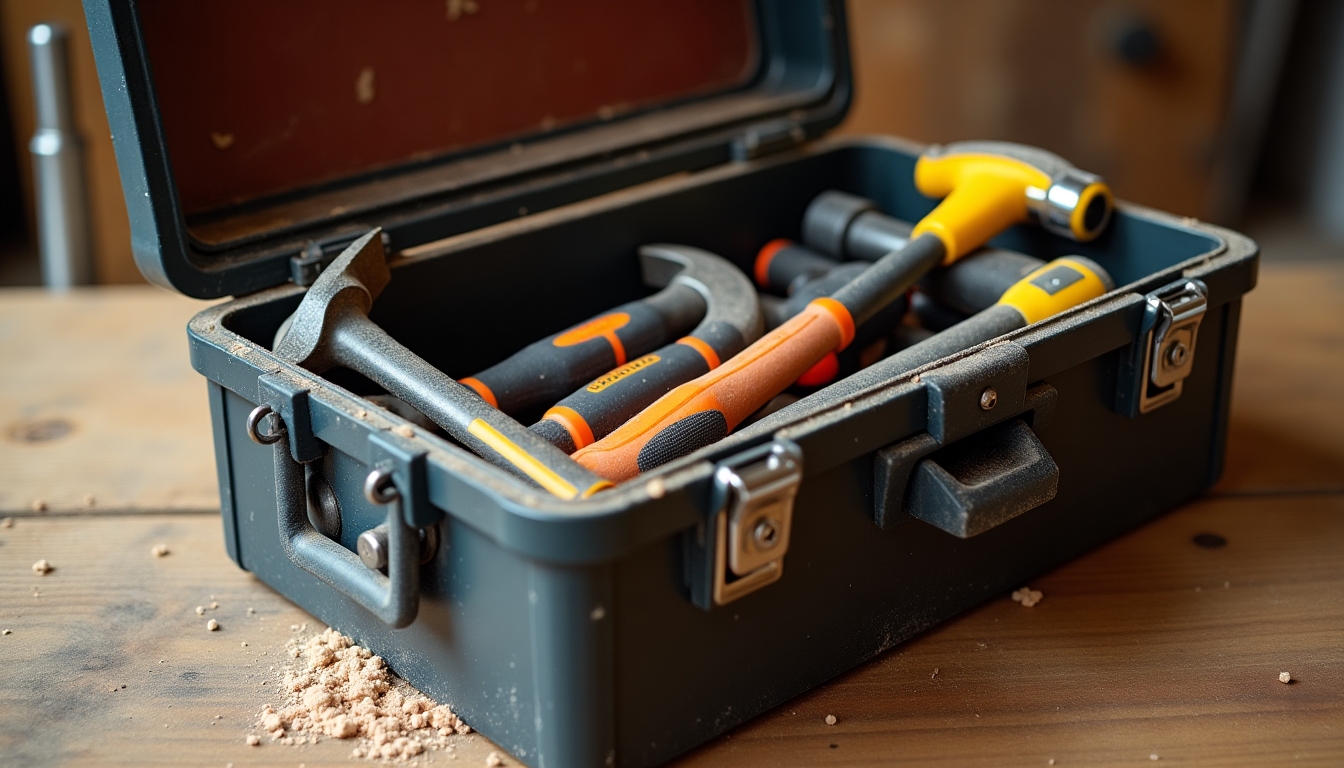
Troubleshooting Common Issues
Problems pop up, even with planning. Here’s how to fix them:
- Missing Parts: Check the manual’s list first. If something’s gone, call the manufacturer—most send replacements fast.
- Alignment Issues: If things don’t fit, recheck part numbers and directions. Use your level often.
- Stripped Screws: If a screw won’t hold, pull it out with an extractor or make a new hole nearby.
Once, a bookshelf I built leaned because I missed an alignment step. A quick level check and some adjustments saved it. Don’t panic—most fixes are simple.

For extra help, DIY benefits are real—studies like this one from Psychology Today show it boosts your mood and skills. Keep at it, and you’ll get better every time.
Summary
With these Cabinet Furniture Assembly Tips for Beginners, you’re set to build something great. Pick solid tools, prep well, and take it step by step. How to Maintain Your Tools for Longevity keeps them ready for more, while How to Choose the Right Tools for Your DIY Projects sets you up for success. Be patient, and enjoy the process!



